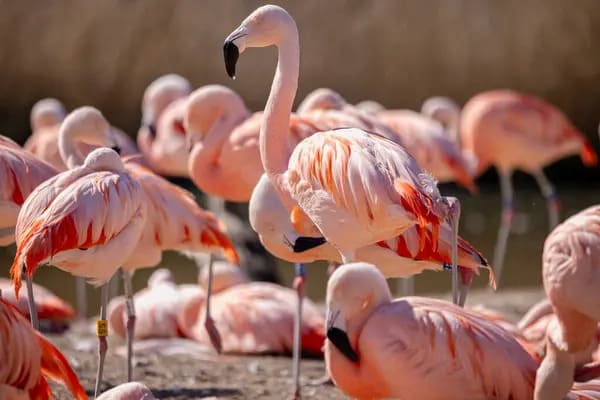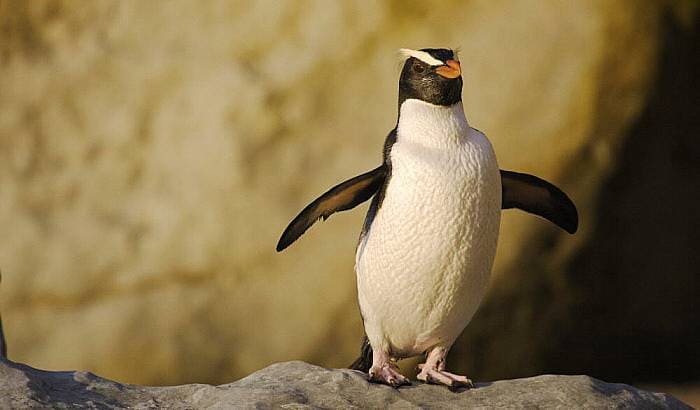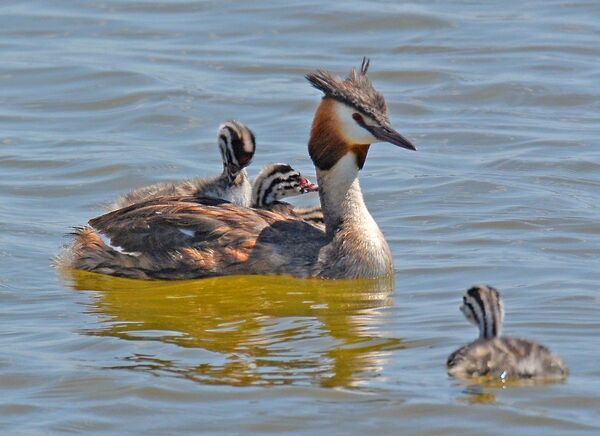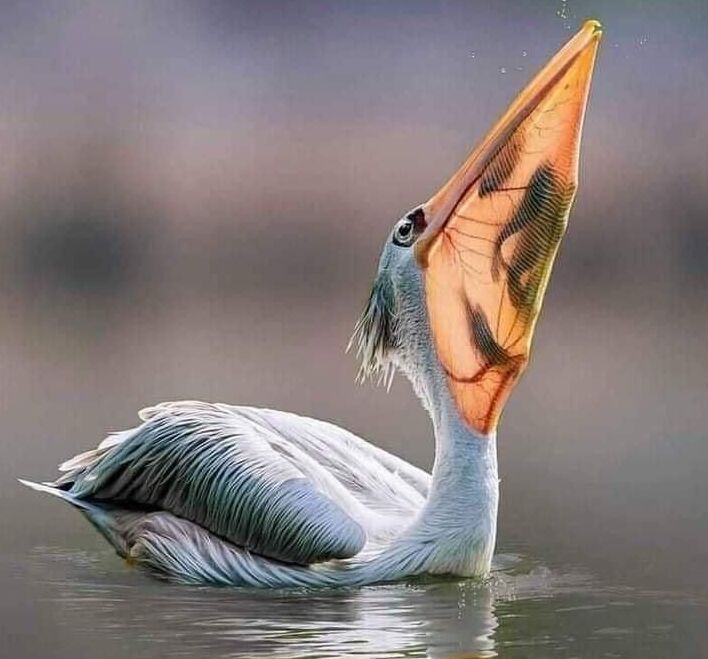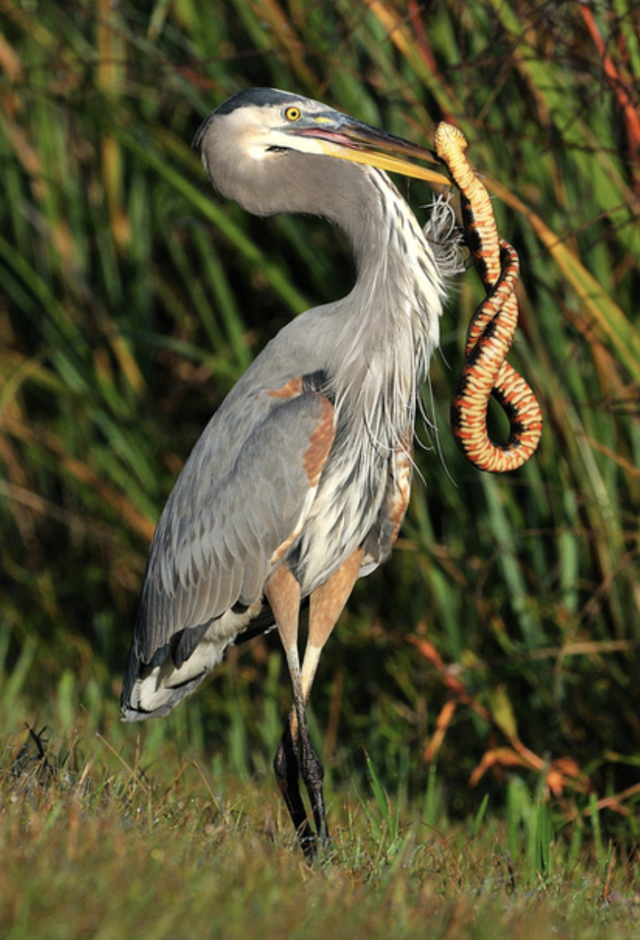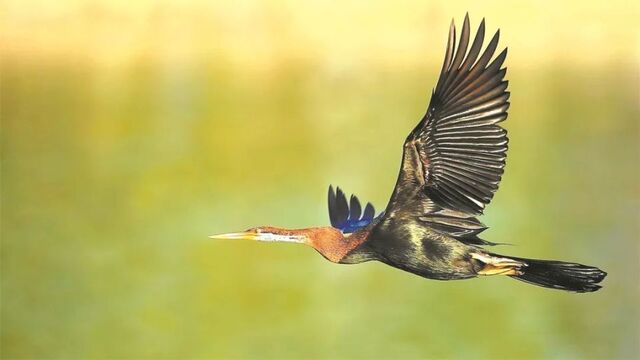Nipponia nippon
IUCN
LCBasic Information
Scientific classification
- name:Nipponia nippon
- Scientific Name:Nipponia nippon,JapaneseCrestedIbis ,Crested IbisAsian Crested Ibis, Japanese Crested Ibis,,Ibis sinensis(synonym)、Ibis nippon(synonym),Crested Ibis、Asian Crested Ibis、Japanese Crested Ibis
- Outline:Wading birds
- Family:Ciconiiformes Ibisidae C.Ibis
Vital signs
- length:67.9-79cm
- Weight:1.7-1.8kg
- lifetime:10-17years
Feature
Known as the "Oriental Gem" among birds
Distribution and Habitat
Origin: China; Possibly extinct: Russian Federation (East Asia); Regional extinction: Japan, North Korea, South Korea and Taiwan Island, China.
The crested ibis was once widely distributed in the Wusuli River Basin and Xingkai Lake in Heilongjiang Province in the northeast, the eastern, central and western parts of Jilin Province, Dalian, Jinxian and Yingkou in Liaodong Peninsula of Liaoning Province, Hebei, Xiong'er Mountain in western Henan, Shandong, southeastern Shanxi, Taibai Mountain and Yangxian in southern Shaanxi, Lanzhou and Huixian in southeastern Gansu, Anhui, Quxian in Zhejiang, as well as Fuzhou, Taiwan and Hainan Island. In China, it is only found in Yangxian and Chenggu County in Hanzhong, Shaanxi, and Ningshan County in Ankang, Shaanxi.
The crested ibis lives in temperate mountain forests and hilly areas, mostly near wetland environments such as rice fields, river beaches, ponds, streams and swamps. In the wild, the crested ibis likes wetlands, swamps and pa
Appearance
The whole body of the crested ibis is white during the non-breeding season, with pink on the head, crest, back, wings and tail. The underside of the wings and tail are also decorated with pink, which is very obvious when flying. The outermost flight feathers are almost all dark brown, with only the inner and outer edges of the base and the feather shaft white. The inner vane of the second feather is dark brown along the central part of the feather shaft and the tip of the feather, and the tip of the third feather is only stained with some dark brown, and the rest of the flight feathers are all white. The feathers on the back of the head extend into a spear shape, forming a loose crest. During the breeding season, the head, upper back and neck are decorated with gray, the pink of the wings is lighter, and the 1st to 5th primary flight feathers have gray-brown end spots.
The plumage of adult birds is white as the base color, but the feather shafts of the upper and lower body and the f
Details
The foreign names of Crested Ibis, Asian Crested Ibis, Japanese Crested Ibis, anciently known as Crested Ibis and Red Crested Ibis, Crested Ibis is a species endemic to East Asia, with no subspecies.
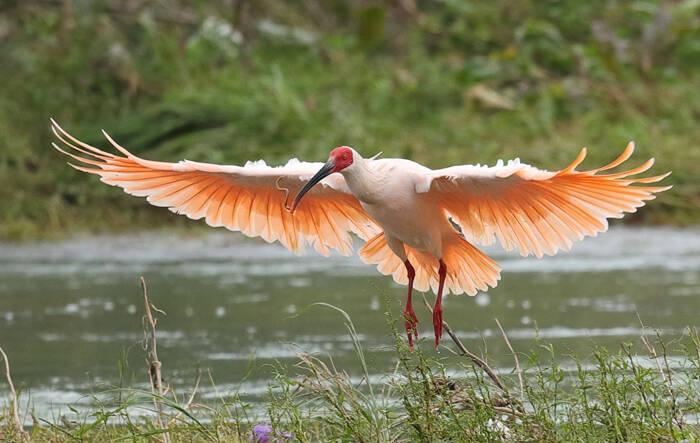
The crested ibis is relatively solitary and quiet. It does not sing except when taking off. It often moves alone or in pairs or small groups, and rarely gregariously with other birds. It moves slowly, and its wings also beat slowly when flying. Its head and neck are stretched forward, and its legs are stretched backward, but they do not protrude beyond its tail. They forage during the day and roost in tall trees at night.
The crested ibis mainly feeds on small fish, loaches, frogs, crabs, shrimps, snails, crickets, earthworms, beetles, hemiptera, crustaceans, and other invertebrates and small vertebrates such as insects and insect larvae. They forage during the day. They usually forage in shallow water near the water or in rice fields, and also in mud and on the ground. When foraging on the ground, they often walk slowly and lightly, searching the ground in front of them with their eyes. When they find food, they immediately peck it with their mouths. When foraging in shallow water or mud, they mainly rely on inserting their long and curved mouths into the mud and water to explore for food.
The populations of crested ibises that originally bred in eastern Russia, North Korea, northern Japan and northern China migrated to southern Japan and the area south of the Yellow River in China to the lower reaches of the Yangtze River, Fujian, Taiwan and Hainan Island to overwinter in autumn, and some of them stayed in North Korea to overwinter. The populations that bred in China and southern Japan usually do not migrate and are resident birds. The population distributed in Yangxian, Shaanxi, China also does not migrate, and wanders around after the breeding season. In July, young birds that had left the nest were found 20 kilometers away from the nesting area.
Spring is the breeding season for crested ibises. At this time, adult males and females form pairs, leave the groups formed during the winter, and disperse to build nests and lay eggs in tall trees such as cork oaks. At this time, it will use its mouth to constantly peck a gray pigment secreted from the muscles of its neck and apply it to its feathers, turning its head, neck, upper back and wings gray-black.
The breeding season of the crested ibis is from March to May. It nests in mountain forests with less disturbance, on the branches of tall chestnut trees, poplar trees, pine trees and other trees near water bodies. It often nests alone in pairs. The nest is relatively rough and simple, mainly composed of dead branches, with soft grass leaves, grass stems and moss inside. The nest is disc-shaped, with a diameter of 50-70 cm and a height of 5-20 meters from the ground. Each nest lays 2-5 eggs, usually 3 eggs. The eggs are oval, blue-gray, with brown spots, and are 63-68 mm × 44-46 mm in size and weigh 65-75 grams. Incubation begins in April, and is undertaken by both male and female parents. The incubation period is 28-30 days (25 days under artificial breeding conditions). Parent birds are highly territorial and defend their territory during the breeding season. When the parents leave the nest, they often cover the eggs with padding materials.
The chicks are late-maturing. When they are just hatched, the chicks are covered with light gray down feathers on the upper body, white down feathers on the lower body, and orange-red feet. The chicks are fed by both male and female parents. After hatching, the parents take turns to spit out the semi-digested food in their mouths to feed them. The impatient chicks compete to put their long beaks into the mouths of the parents, and the parents shake their necks vigorously to spit out the food as quickly as possible. In the early stage of brooding, the parents return to the nest 7-9 times a day. As the chicks grow rapidly and their demand for food increases, the number increases to 14-15 times a day in the later stage. After feeding, you also need to help the chicks clean up their feces. The method is to take away the branches at the bottom of the nest so that the feces will leak down, or take the broken bedding with feces to the outside of the nest, and then take new nesting materials and bedding to replenish. After 45-50 days of feeding, the chicks have the ability to fly and leave the nest. After 60 days, they can fly freely with their parents. The time is about June. After leaving the nest, the chicks still move around and forage with their parents near the nest area, and leave the nesting area after about July. The age of sexual maturity of both sexes is about 3 years old, and the life span can reach more than 17 years under artificial breeding conditions.
The crested ibis is a rare and beautiful bird with very high conservation value and ornamental utilization value. Regarding the value of animals, some scholars have conducted analyses and believe that the value of animal species is not single, but diverse. Including economic value, ornamental and entertainment value, ecological and biological value, scientific and educational value, aesthetic value, social value and negative value. The value of the crested ibis is still reflected in ecological and biological value, social value and humanistic value. In ancient China, people believed that the crested ibis could bring good luck, and regarded the crested ibis and magpies as "auspicious birds".
In December 2013, according to the memorandum of understanding (MOU) signed by South Korean President Park Geun-hye and Chinese President Xi Jinping during her visit to China in June of that year, China presented South Korea with a pair of crested ibises named "Golden Water" and "White Stone". Among them, "Golden Water" successfully hatched the "second generation" in April 2014. Successfully laid eggs on March 6, 2015.
In May 2018, China provided two crested ibises to Japan for cooperative breeding research between the two countries, which will not only help to continue to improve the genetic diversity of the Japanese crested ibise population, but will also further enhance the friendly feelings between the two peoples.
The crested ibise is endangered due to the deterioration of its living environment, the threat of natural enemies and its own biological properties. Due to the felling of tall trees suitable for crested ibises to build nests and the large-scale transformation of paddy fields suitable for crested ibises to forage into dry fields, the living space of this species is shrinking. In addition, the increasingly widespread use of pesticides also threatens their safety. The crested ibise population is highly dense, with only one wild population. Once an epidemic breaks out, it is easy to cause the population to become extinct. In addition, its low reproductive capacity and weak ability to resist natural enemies are also important reasons for the endangered species.
On July 11, 2019, the local governments of Hanzhong City, Shaanxi Province, China, Changnyeong County, South Gyeongsang Province, South Korea, and Sado City, Niigata Prefecture, Japan, as well as the China-Japan-ROK Cooperation Secretariat signed a memorandum of cooperation in Seoul on the 11th, deciding to actively promote cooperation related to the crested ibis and make it a sustainable and institutionalized trilateral cooperation platform. On the same day, the Second International Crested Ibis Forum, co-organized by the China-Japan-ROK Cooperation Secretariat and the China Crested Ibis International Forum Secretariat, was held in Seoul. As part of the series of commemorative activities for the 20th anniversary of the China-Japan-ROK cooperation, this forum is themed "New Journey, New Heights - China-Japan-ROK Crested Ibis Cooperation Towards Sustainable Development", aiming to explore the future prospects of China-Japan-ROK Crested Ibis cooperation and promote more achievements in multi-field cooperation among the three countries.
On September 28, 2022, Deqing County, Huzhou City, Zhejiang Province launched the Southern Crested Ibis Population Reconstruction Project to promote the reconstruction of the wild population of Crested Ibis and promote the protection and restoration of Crested Ibis.
Listed in Appendix I, Appendix II and Appendix III of the Convention on International Trade in Endangered Species of Wild Fauna and Flora (CITES) 2019 Edition.
Listed in the Red List of Threatened Species of the World Conservation Union (IUCN) 2018 ver3.1-Endangered (EN).
Listed in China's "National Key Protected Wildlife List" (February 5, 2021) Level 1.
Protect wildlife and eliminate game.
Maintaining ecological balance is everyone's responsibility!

